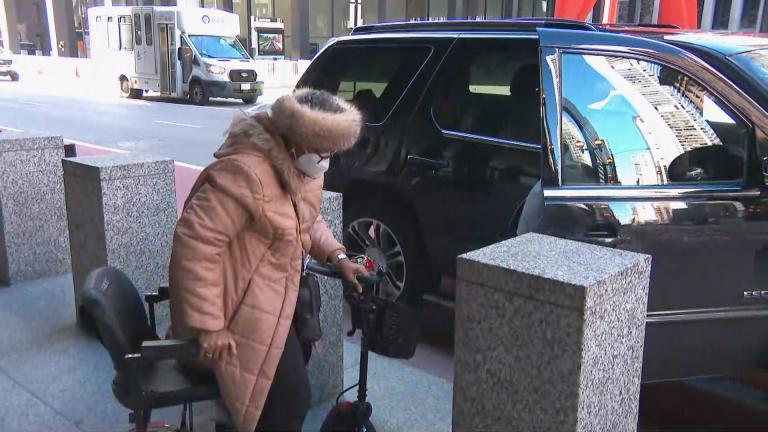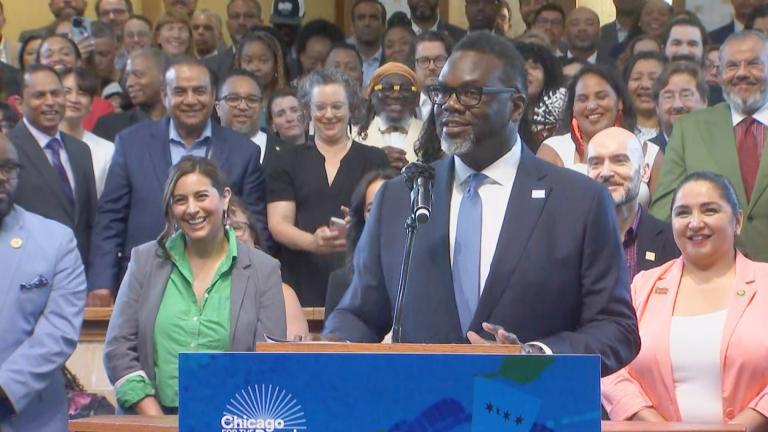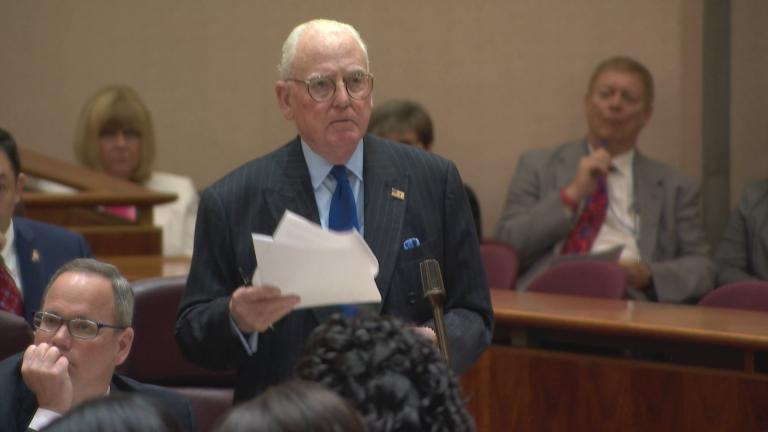More than 13 states have adopted at some level ranked choice voting, according to Ballotpedia. The method allows voters to rank their candidates of choice in order of first, second, third and so on in order of preference.
On Election Day, if a candidate receives more than 50% of the votes, that person wins the election outright. But if no candidate gets the majority of the vote, rankings kick in. The candidate with the smallest number of votes gets eliminated, and his or her votes are redistributed to the voter’s second choice, ensuring their vote counts.
Nathan Atkinson is a professor of law at the University of Wisconsin. He’s not a fan of ranked choice voting. He said that for swing states like Wisconsin and Georgia, where there are a large amount of voters on polar opposite sides of the aisle, this method would make it hard for candidates in the middle to ever get elected.
“So to the extent that there’s not actually that many people in the middle, it might not give much of an opportunity for these, these moderate candidates to prevail,” Atkinson said.
Other opponents of ranked choice voting say it’s confusing for voters.
Andrew Szilva is the executive director of FairVote Illinois. Szilva said ranked choice voting helps ensure representative outcomes.
“In order for a candidate to win a ranked choice voting election,” Szilva said, “they at least in part have to have support from the majority in the election.”
Szilva said that ranked choice voting also does away with the negative and attack campaigns that candidates use against each other because they don’t help the candidate.
In the state of Illinois, there is currently an effort to implement ranked choice voting as early as the 2024 presidential primary.
House Bill 2807 sponsored by state Rep. Maurice West and Senate Bill 1456 sponsored by state Sen. Laura Murphy would give political parties the option of using ranked choice voting. The bills would be the first step to bringing this method to the state.








